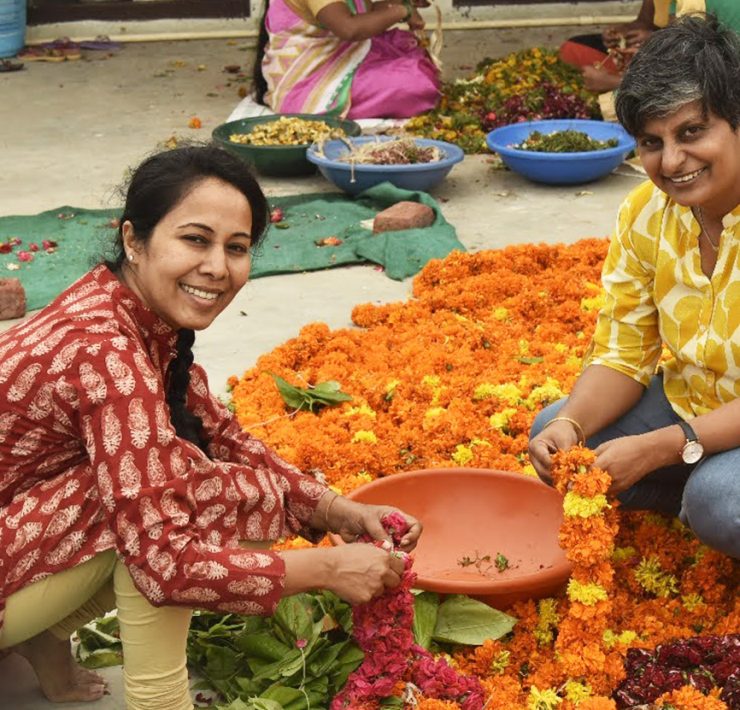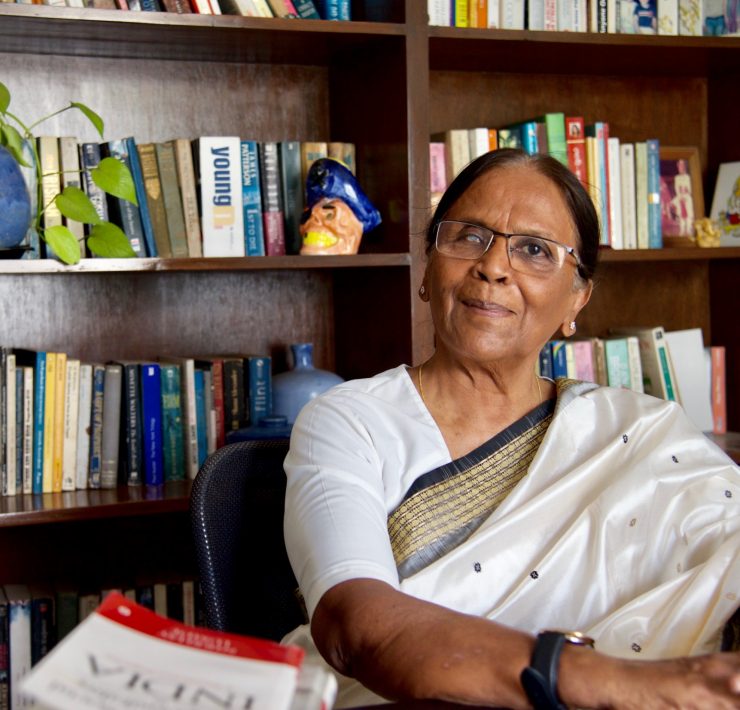Reinterpret jugaad with LataSita’s upcycled fashion
- Team Ethico spoke to Fashion entrepreneur Meghna Nayak about her company LataSita, which upcycles one’s existing wardrobe to weave a brand new story – all while leaving no new trail
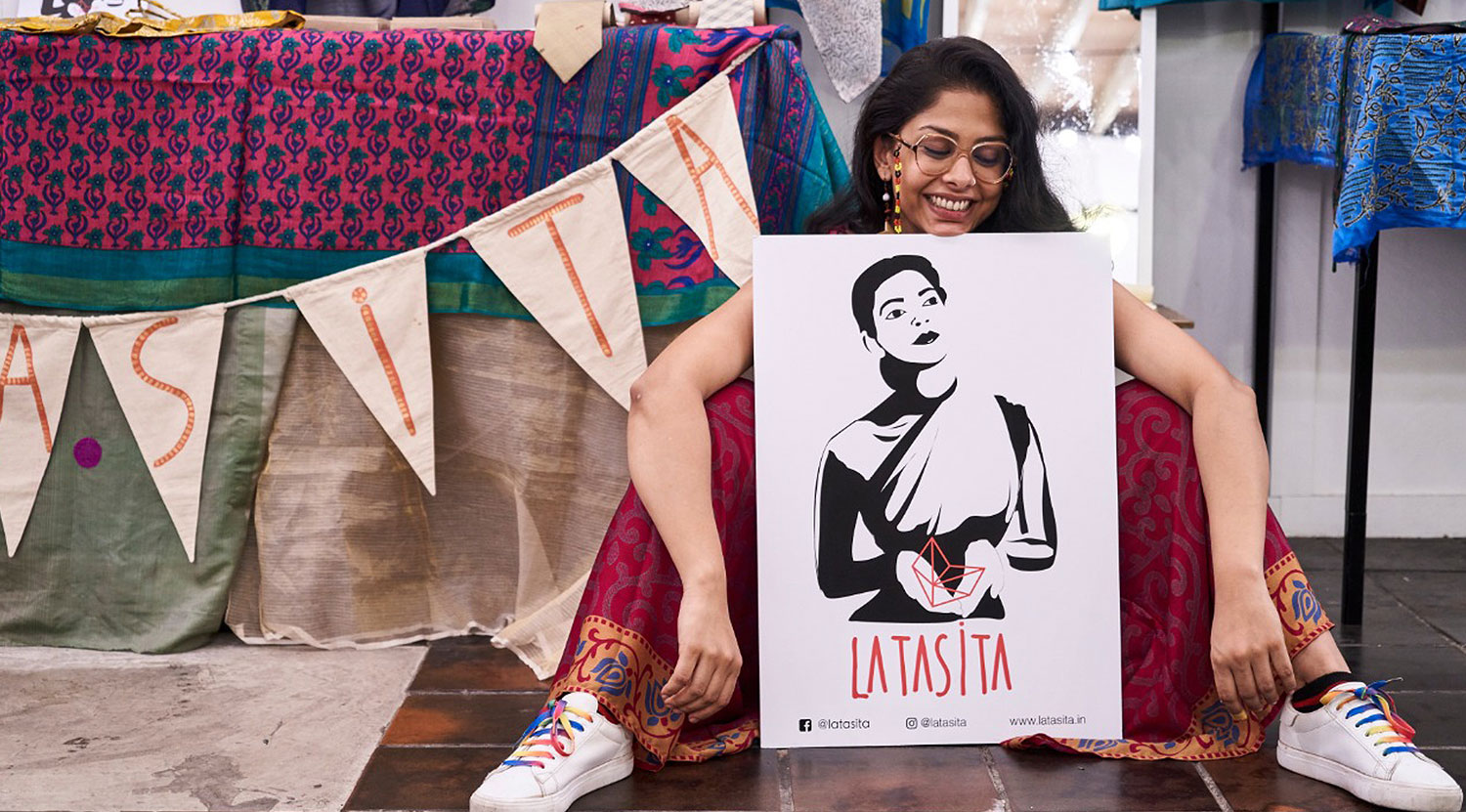
We’re a team that is unlearning modern-day, convenient living to…
Heaps of ‘waste’ cloth kept aside in a corner is a common sight in most textile workshops. At LataSita’s workshop in Kolkata however, the monthly waste amounts to not more than a few grams. It is a fact that the owner, Meghna Nayak, is extremely proud of. But Team Ethico found out that there’s more to the sustainability principle at LataSita – all the material used to make the garments is 100 per cent upcycled. From old curtains and worn out jeans to bed sheets, everything gets a new lease of life at LataSita. Meghna’s favourite item to revive however, is the traditional six yards.
Beginnings
An environmental journalist-turned-sustainable fashion entrepreneur, Meghana had set out to write about the hazards of the fashion industry when she realised that it was far more empowering to practise the ideals that she wished to write about. “I didn’t have a lot of money and was wondering what to make my samples out of. And then my mum opened up her wardrobe. I found beautiful pieces belonging to my grandmother, whom I had never met – but whose sarees had been carefully preserved by my mother for decades. It felt like an instant connection. There are millions of such sarees tucked away in wardrobes across the country. I could not let this treasure trove of fabric to be wasted; to decompose unseen and unused even as more and more cloth is being created to satisfy booming demand.”
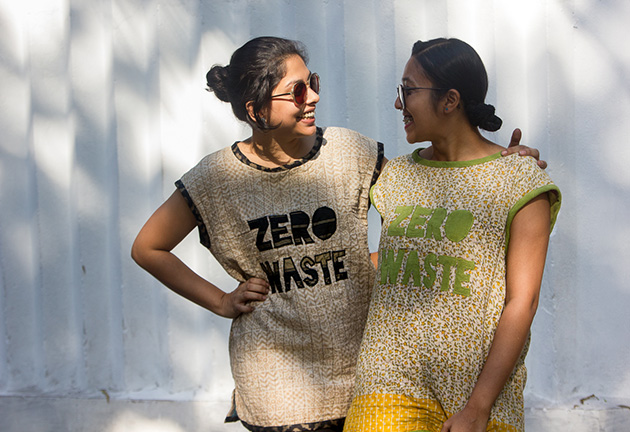
Image Source: LataSita
Upcycling is jugaad
“In India we have a long history of jugaad and upcycling sarees is not new. Our grandmums have been turning them into kantha masterpieces and the more adventurous, into kurtas. But design-wise it’s usually the same couple of boring things. Upcycled pieces weren’t seen as worthy of wearing to a wedding or a party. I wanted to change this. I invite urban women to bring me worn sarees and transform them into expertly cut bespoke pieces to suit their body type. Only the thread, elastic, zip, hook, button and lining are new. I recently created a sherwani out of tussar curtains. Someone brought her wedding choli and 17 pairs of jeans, none of which fit anymore. We took 12 of these apart and created a fabulous denim jacket. The medium I love though is the saree, and it inspires me in endless ways.”
‘I invite urban women to bring me worn sarees and transform them into expertly cut bespoke pieces to suit their body type.’
A major part of the LataSita’s ethos is preserving the history of the garment. “A lady once came with a beautiful silk saree that had stains running where the pleats would be. Her mother loved dessert, and in her old age had Parkinsons – the stains were caused by her shaky hands as she ate sweets. The final piece had the stains incorporated in a hidden underskirt. Why cut that out? We reversed the usual aesthetics as those stains held memories,” she says.
A major part of the LataSita’s ethos is preserving the history of the garment.
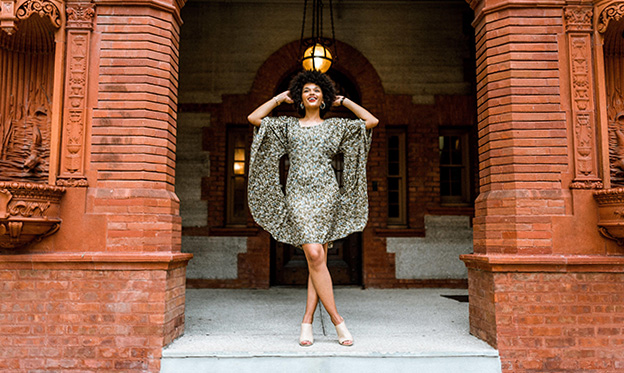
Image Source: LataSita
Fashion and the inconvenient truth
The harsh truths about the fashion world compelled Meghna to enter the space and set an example. “Fashion is the second largest polluter, second only to oil. ‘Pollution’ to us often conjures images of sewage or fumes – but we don’t think of the clothes on our backs. The chain, from crop to customer, leaves a toxic trail unwittingly enabled by us with each purchase. Textile pollution needs to be addressed,” says Meghna. Besides, transportation of fibres/garments are an enormous part of the pollution which ethical textile also fails to address.
‘The chain, from crop to customer, leaves a toxic trail unwittingly enabled by us with each purchase.’
Redefining profit and loss
Lastly what mattered to Meghna was the execution of a circular, closed-loop process which makes ‘social sense’. Says Meghna, “In common business parlance when we speak about ‘profit’ and ‘loss’, we are talking about economic profit and loss. But the ‘loss’ is also social and environmental. Therefore unfair wages and working conditions are imposed on workers. Chemical dyes and other disruptive processes damage the environment, not to mention the insane amounts of waste created by fashion. Businesses need to take this loss into consideration.”
‘In common business parlance when we speak about ‘profit’ and ‘loss’, we are talking about economic profit and loss. But the ‘loss’ is also social and environmental.’
This applies to profits too. “The profit can go beyond economics and be a net social and environmental gain. We focus on giving as part of our business model – we have three organisations that we have intensively vetted and donate to or through – Garia Saathi, a charity for hearing impaired children, Goonj, working for the upliftment of rural India, and Small Change, a transparent platform for giving to legitimate causes.”
We’re a team that is unlearning modern-day, convenient living to be able to lead an environmentally ethical life, and in the process sharing our insights with our readers.


